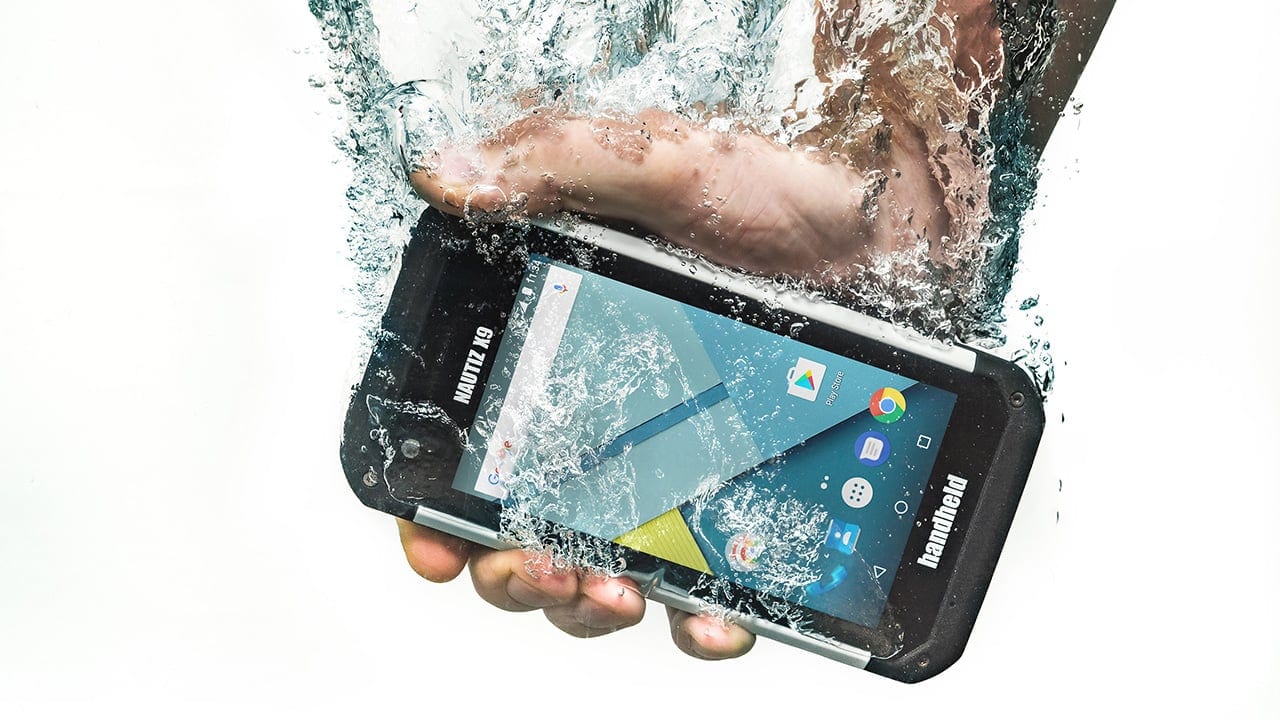What is rugged enough?
It’s instantly obvious that it’s all a matter of degree. From what height can it fall and survive? How much water can it handle until it leaks? How much crunching force before it cracks? How hot or cold can it be for the device to still work? How much vibration before things break loose? And so on. It’s always a matter of degree.

So how does one determine the degree of ruggedness required? Deciding that requires thinking through possible use scenarios and then, applying common sense, arrive at the appropriate level of protection. Too little and it may break, which is bad for both the customer and the reputation of the manufacturer. Too much and it may become too bulky, heavy and expensive.
Ruggedness is a compromise. Nothing is completely invulnerable, freak accidents can and will happen, and figuring out how rugged is rugged enough is an educated judgement call, one based on knowledge and experience. Facilitating the desired degree of ruggedness is an act of balance and good design. And that, again, requires experience.





